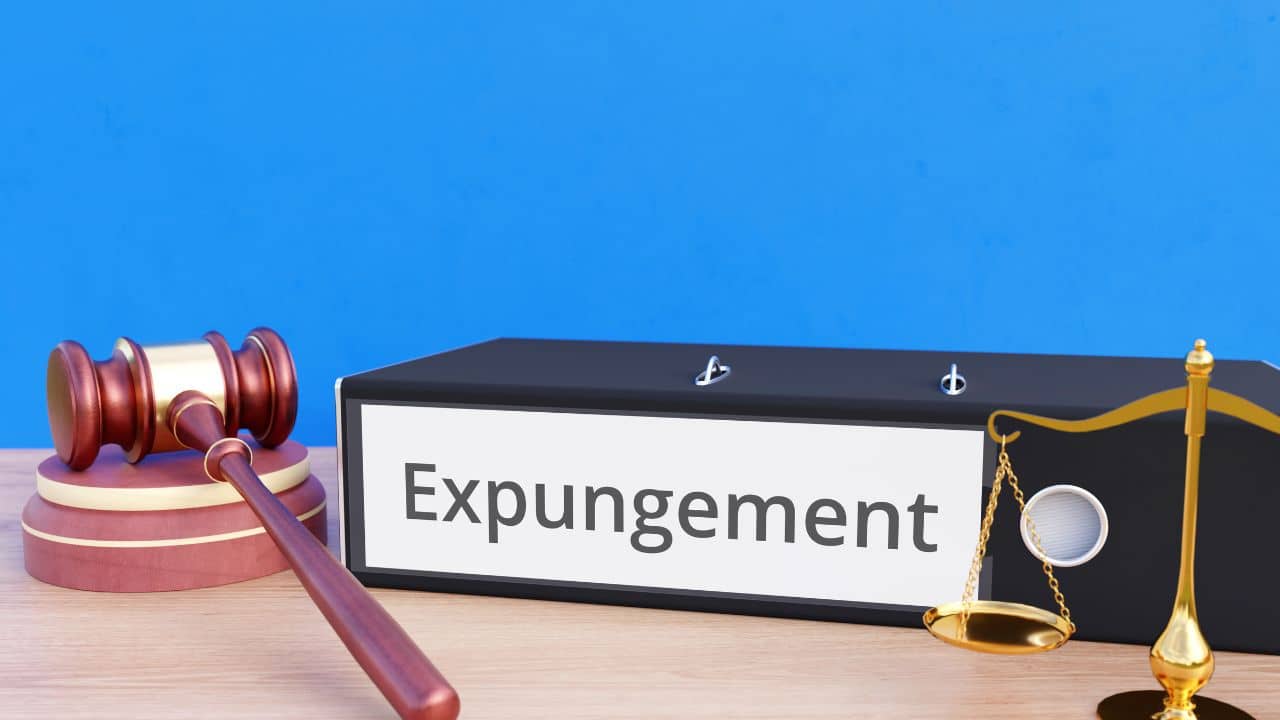Are you ready to break free from the chains of your past mistakes? Expungement offers a path to redemption, allowing you to reclaim your future and start anew. With careful planning and informed action, you can navigate the process and potentially erase certain criminal records from public view.
That said, this guide will walk you through the essential steps involved in applying for expungement. With this knowledge, you can make informed decisions and take proactive steps towards a brighter tomorrow.
1. Determine Eligibility
The first step in applying for expungement is determining your eligibility. Not all offenses are eligible for expungement, so it’s essential to understand the nature of your conviction. Some crimes, such as violent felonies, sex, or repeat offenses, may be excluded from expungement in certain jurisdictions. Reviewing your state’s specific laws is essential, as eligibility criteria can vary.
Some states may allow the expungement of certain misdemeanors but not felonies, while others may have more lenient or stringent conditions. If you are unsure about your eligibility, it can be helpful to find a trusted criminal defense attorney in Los Angeles or wherever you’re located who can guide you through the process and clarify whether your offense qualifies for expungement under local laws.
2. Fulfill Waiting Period Requirements
The next step is to ensure you have fulfilled the waiting period requirement. Most states have a mandatory waiting period after you have completed your sentence, probation, or any court-imposed terms. Depending on the offense, this waiting period can range from months to years. During this time, it’s crucial to maintain a clean record without any new legal issues or charges, as further criminal activity may make you ineligible for expungement.
3. Gather Necessary Documents
Before applying, you’ll need to gather all the necessary documents to support your petition. This includes obtaining your criminal record, which can be requested from law enforcement agencies or the court where the conviction was recorded. Additionally, you will need certified copies of court documents, including the details of your sentence and proof that you completed all sentencing or probation requirements. Collecting letters of recommendation or character references from employers or other reputable individuals who can speak to your rehabilitation is also helpful.
4. Complete Expungement Petition
To formally apply, you will need to complete an expungement petition. Most jurisdictions provide specific forms for this process, often available on court websites or through court clerks. When filling out the form, ensure all the information is accurate, including your case number, dates, and personal details. Your petition needs to be corrected to avoid delays. Additionally, you will need to attach all the necessary supporting documents to demonstrate that you meet the requirements for expungement.
5. File Your Petition with the Court
After completing your petition, you must file it with the court where your original case was handled. Ensure you file in the correct jurisdiction, as filing in the wrong court could delay or dismiss your case. There is usually a filing fee associated with submitting your expungement petition. If you cannot afford the cost, you may be able to request a fee waiver based on financial hardship.
 6. Serve the Prosecutor’s Office
6. Serve the Prosecutor’s Office
Once your petition is filed, you must serve a copy to the prosecutor or district attorney’s office. This is an essential step in the expungement process, as the prosecutor has the right to review and, in some cases, object to your request for expungement. Serving the prosecutor ensures they know your petition and can respond within a designated time frame if they have any objections.
7. Attend the Expungement Hearing
In some cases, after filing your petition, the court will schedule an expungement hearing. If a hearing is required, you should be prepared to appear in court and present your case to the judge. During the hearing, the judge will review your petition and may ask questions about your rehabilitation and reasons for seeking expungement. If the prosecutor raises any objections, you or your attorney will have the opportunity to respond.
8. Await the Court’s Decision
After the hearing, the judge will decide whether to grant or deny your expungement. If your petition is approved, the court will order law enforcement agencies to seal or remove your record from public databases. Should your petition be denied, the court will issue a ruling outlining the grounds for such a decision. In some instances, an appeal may be possible, or you may be able to reapply after rectifying the issues raised by the court.
9. Follow-Up After Expungement
Once your expungement is granted, it is important to follow up and verify that your record has been properly sealed or removed. Sometimes, there can be delays in updating public databases, so checking with the relevant agencies is necessary. Additionally, you may need to notify private background check companies to ensure your record is no longer visible to potential employers or others who may conduct background checks.
10. Move Forward with Confidence
With your record expunged, you can move forward with a clean slate. This allows you to legally answer ‘no’ when asked about criminal convictions on many job applications and other forms. Expungement can open doors to employment, housing, and other opportunities that were previously out of reach due to your criminal record. It’s also a significant step toward fully reintegrating into society, giving you the confidence to rebuild your life.
Conclusion
The journey towards expungement can be complex, but with careful planning and perseverance, it’s achievable. By understanding the eligibility requirements, gathering the necessary documentation, and navigating the legal processes, you can take significant strides toward a cleaner record.



 6. Serve the Prosecutor’s Office
6. Serve the Prosecutor’s Office 




































